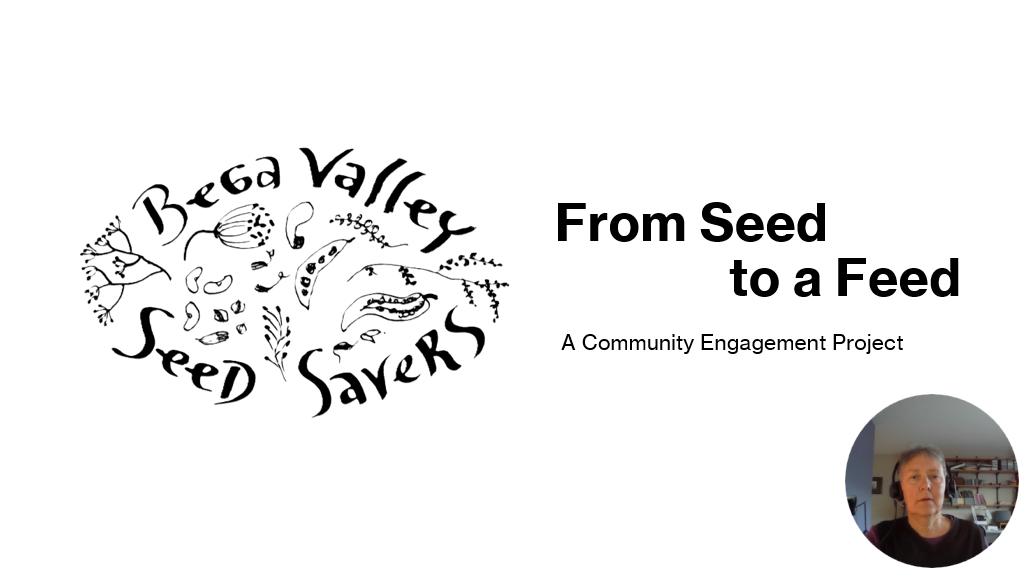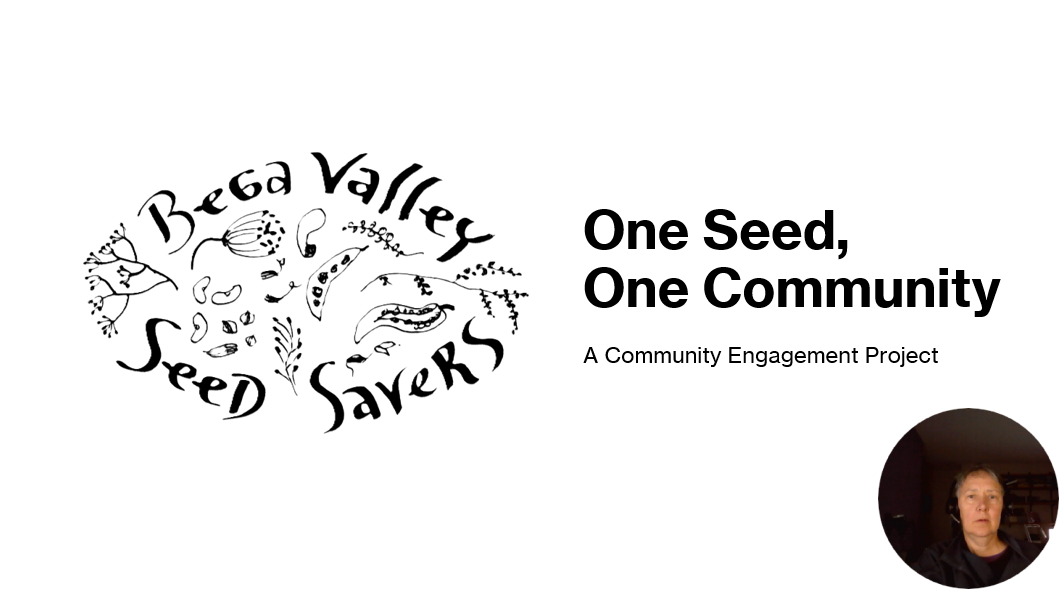Welcome to Seed Savers Connect, a knowledge, resource and connection hub about growing and saving seeds. Seed Savers Connect is a volunteer run website for seed savers and seed saving groups across Australia. We are a passionate collective of volunteers from different seed saving groups and our mission is to promote seed saving, to share the knowledge, wisdom and experiences of seed savers from across Australia and to build the food security of our communities.
Through seed saving, we aim to protect our common heritage and create a sustainable future. We are motivated by our love of growing and saving seeds and our commitment to promote seed saving. We are building on the work of generations of Australian seed savers and hope to help more local seed saving groups to form and succeed, inspired by the philosophy of the Seed Savers Network.
On this site, you will find guides, stories and other seed saving resources from seed savers across Australia. Contributions in the form of articles, guides, stories and photos are welcome.
Please contribute to help us share the wealth of knowledge and wisdom in our community.
We welcome other volunteers that are interested in participating in the planning of events with us and helping with the sharing of information.
Seed saving is easy and it’s for everyone. It’s simply a matter of letting your plants live a full and happy life, selecting the best specimens that have the characteristics you want to promote, and then collecting, storing and replanting the seeds in the next season. Seed saving is a cycle from seed to seed, harvesting the abundance of seeds that plants produce at the end of their lives to continue the next generation.
When you grow from locally saved seed, you get plants that are adapted to your climate and soil and are more likely to thrive. It’s much cheaper than buying seedlings and when you grow from and save and share seeds, you can access an amazing range of plants and unique varieties you can’t find in your local nursery.
Recent events

November National Seed Savers Zoom
Our next quarterly Zoom meetup of seed savers around Australia is happening on Sunday 2nd November, 5 – 6.30pm AEDST. In our November session, we’ll be facilitating a group discussion and information exchange about saving seed from biennial plants. There’s a lot of sometimes confusing information out there about how…

From Seed to a Feed
This talk was presented at the National Seed Savers Zoom on Sunday 3rd August 2025. This project run by the Bega Valley Seed Savers was focused on strengthening our own network and giving back to our own volunteers. Find the recording of the talk about it here. The idea is…

One Seed, One Community Bega Valley
This talk was presented at the National Seed Savers Zoom on Sunday 3rd August 2025. It is about the One Seed, One Community program run by the Bega Valley Seed Savers with the Bega Valley Shire Library. Find the recording here. Based on the One Book, One Community program, but…

Seed Savers National Zoom – August 3rd
Our next national zoom catchup is coming up on Sunday 3rd August at 5pm. We’ll be catching up with two community engagement programs that the Bega Valley Seed Savers have been running: Seed Saving Resources – The second part of our session will be a discussion about seed saving resources and…

Recording of National Zoom – May 4th

Seed Savers National Zoom – May 4th
Recent updates to resources

Egyptian Broad Bean
Vicia Faba Open pollinated. A small broad bean about the size of a pea. This broad bean plant crops prolifically.…

Sweet Potato
Botanical name : Ipomoea batatas Common name : Sweet Potato, Kumara Growing for seed Sweet potato is not usually grown…

Parsley
Botanical name : Petroselinum crispum Common name : Parsley, Curly parsley, Italian parsley, Flat leaf parsley, Root parsley, Hamburg parsley…

Corn & Maize
Botanical name : Zea mays Common name : Corn, Maize, Popcorn, Sweetcorn Growing for seed Isolation distances for corn will…
Updates to this website – August 2025
We are currently in the process of adding a lot of exciting new material to this website.
You will see content that is currently incomplete and being dynamically added to or edited especially in the resources on Plant families. Thank you for your patience as we expand this resource over the next few months.
We are focussed on providing useful Australian Seed Saving related content and reference material.
This includes guides to starting your own Seed Savers Group, the Australian Seed Savers groups listings and a system for collating seed saving guides and growing plants in Australian local conditions.
Australia is big and has a lot of variation in its climate and soils so providing useful local environmental related information about how to grow plants and save seeds in your specific area is of great interest to us.
